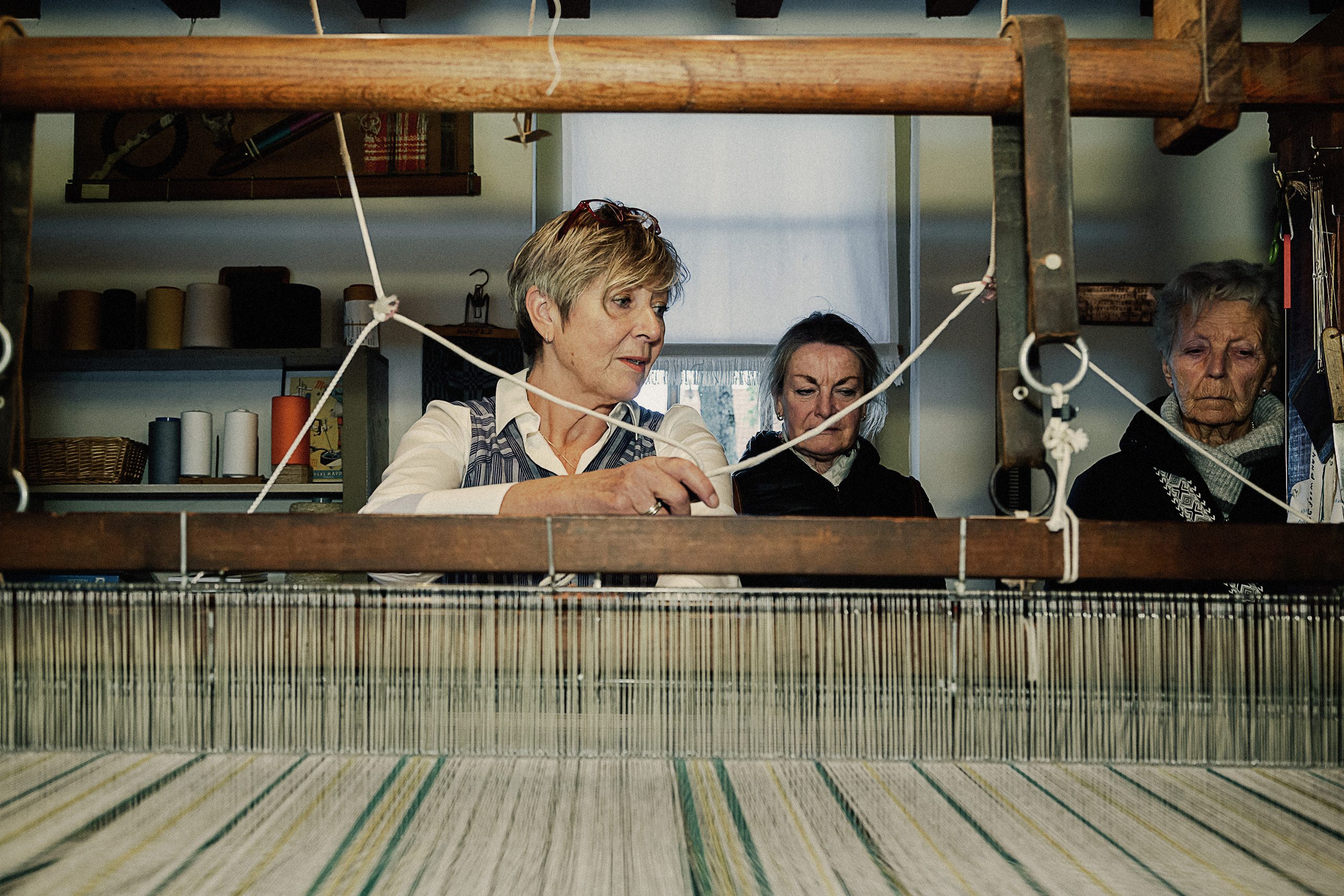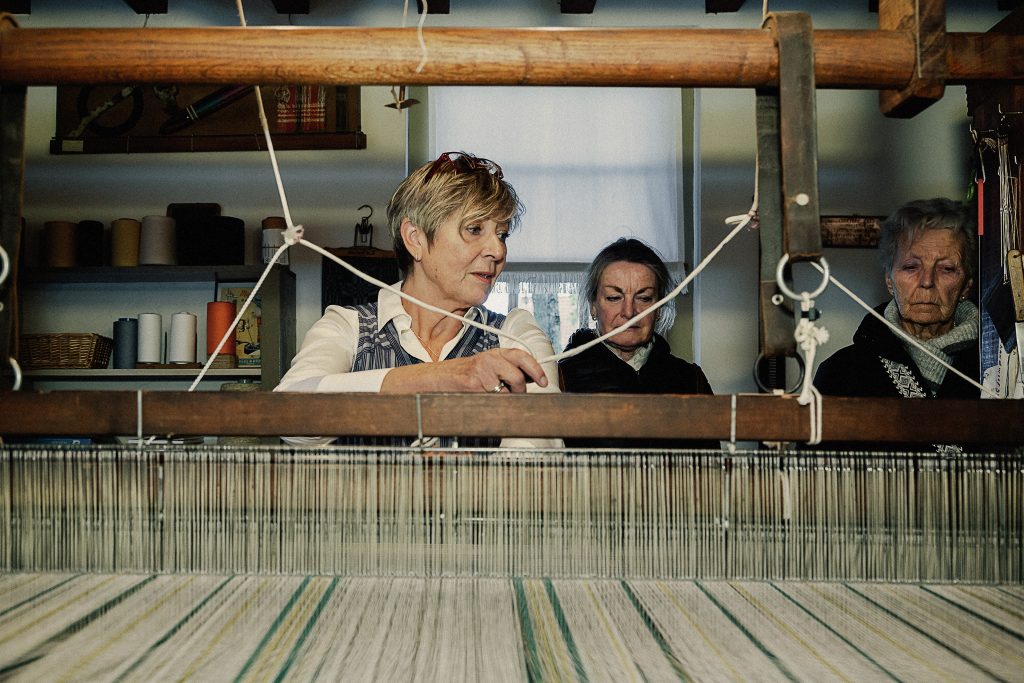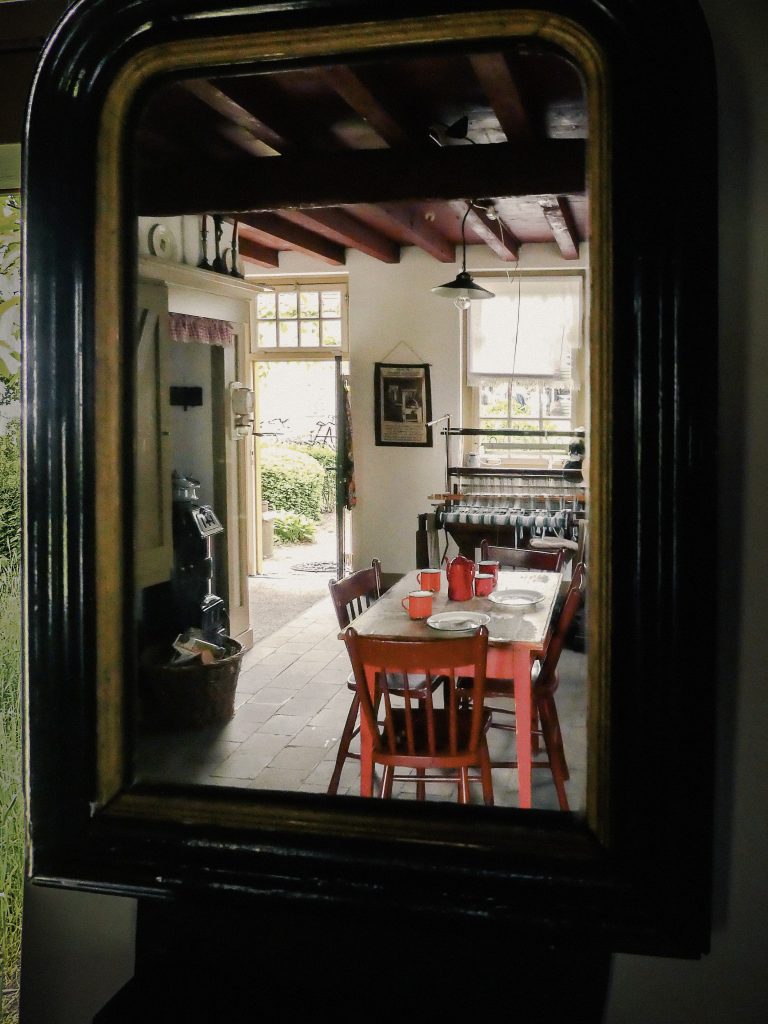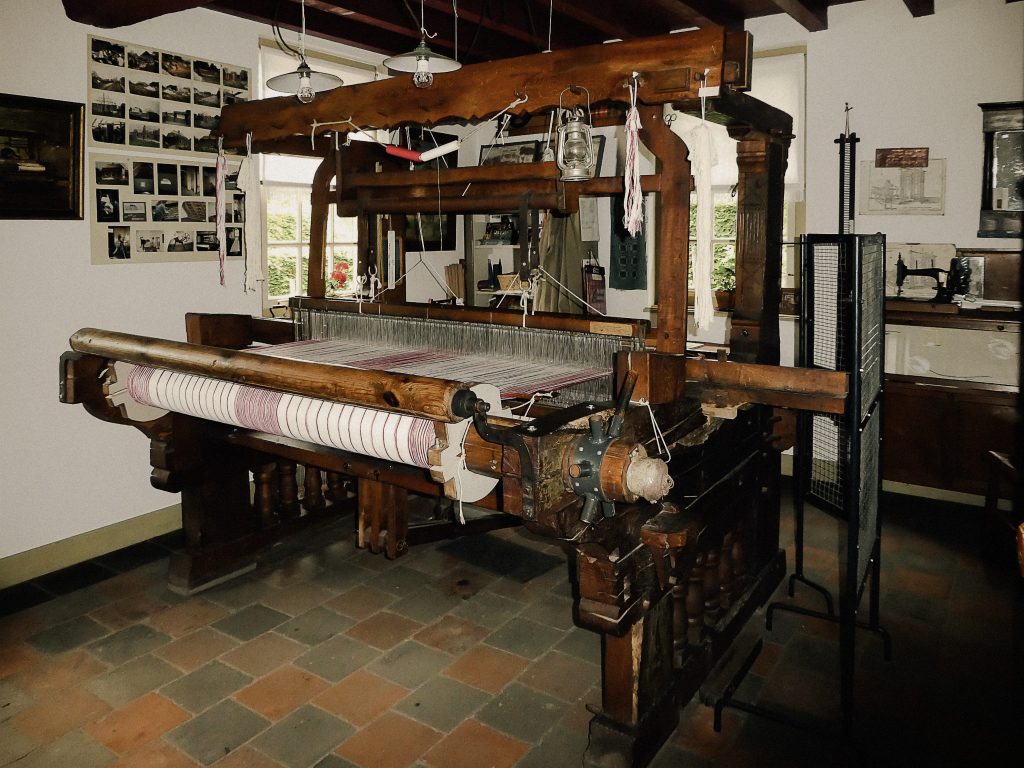
The craft of weaving
Discover the rich weaving tradition of Gemert! Watch the museum's weavers demonstrate weaving techniques on handlooms in Gemert and see how a weaving tree is made.
-
21 september
-
13:00h-17:00h
Gemert has a rich history in textile production, in which weaving plays a central role. From a historical point of view, the relationship between Gemert and weaving is strong. In Gemert, weaving played an important role in the local economy. The craft was passed on from generation to generation, refining knowledge and techniques. How weavers worked and lived can be seen in the museum’s weaver’s house.
In addition to demonstrations, children can also participate in weaving by using small weaving frames. Work is also underway to create a weaving tree and a new weaving tree is tightened, giving visitors an insight into the full cycle of weaving, from setting up the chain to the actual weaving.
How does a loom work?
Weaving textiles on a loom is a complex process that requires craftsmanship and precision. With a loom, two sets of threads, the warp (long threads that are stretched tautly) and the weft (cross threads), are interwoven. The warp threads are stretched on the loom, after which the weaving process can begin. With the help of a shuttle or shooting boat, which shoots through the warp threads, the weft thread is woven between the warp threads. This process is repeated, creating the tissue structure.
Techniques of weaving
There are different weaving techniques that can be applied depending on the desired pattern and texture of the textile. Some commonly used techniques include flat weave, twill weave, and satin weave. These techniques vary in the way the weft and warp threads are intertwined, resulting in different properties of the textile, such as density, flexibility, and pattern.
Demonstrations of this craft are regularly given in the weaver’s house of the Boerenbondsmuseum.




